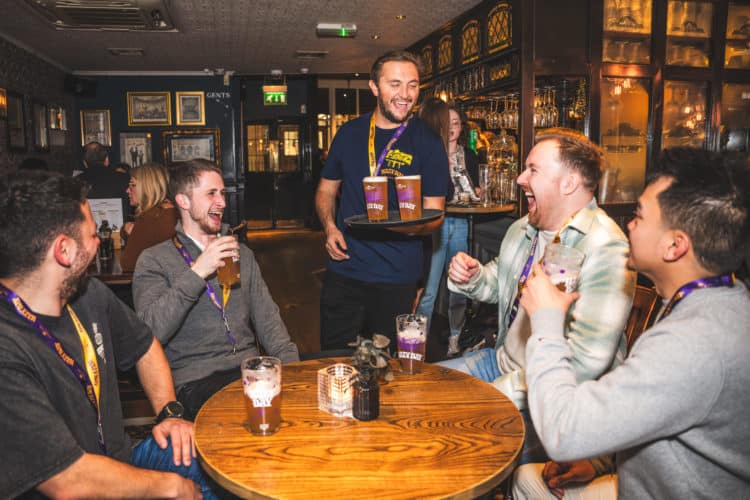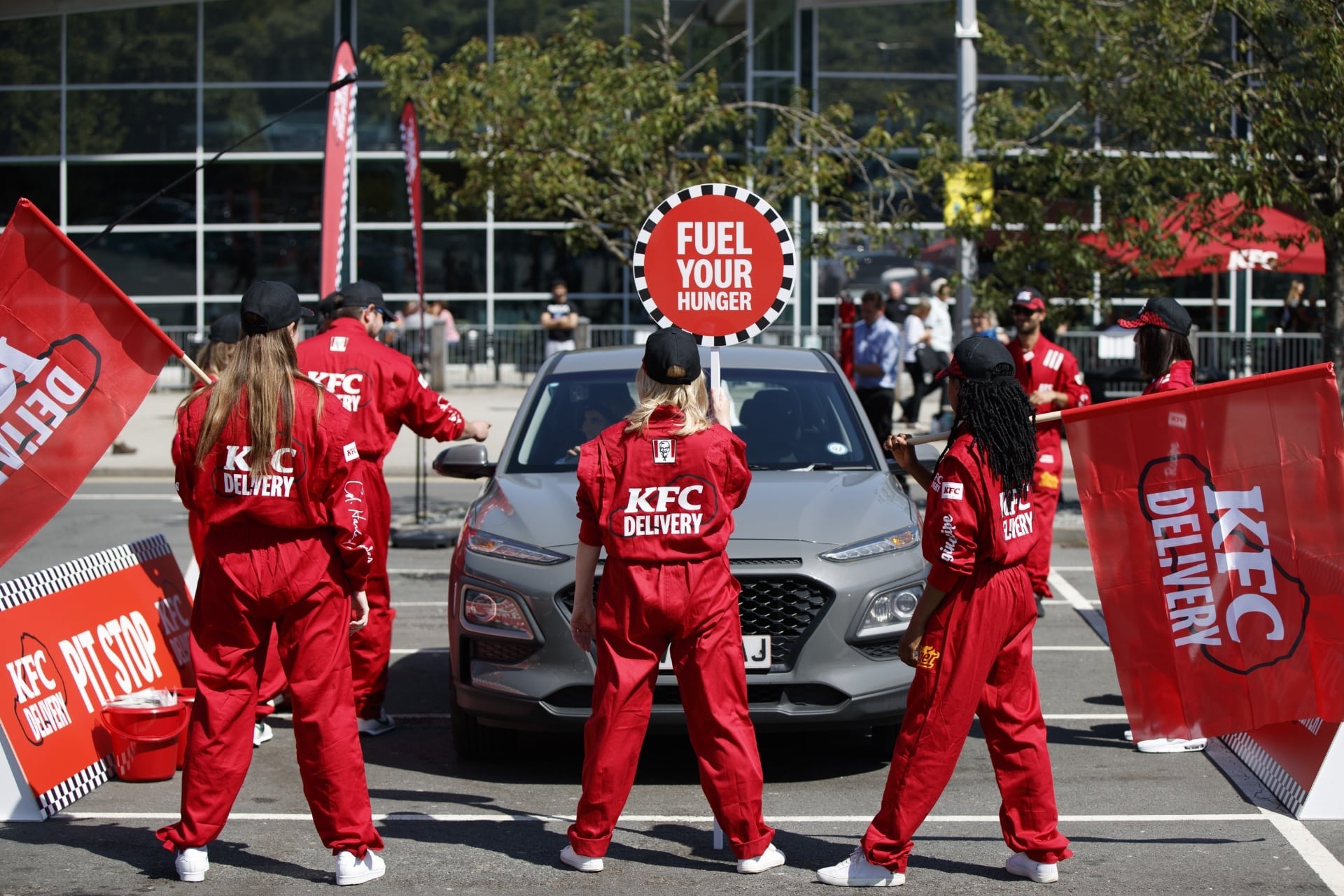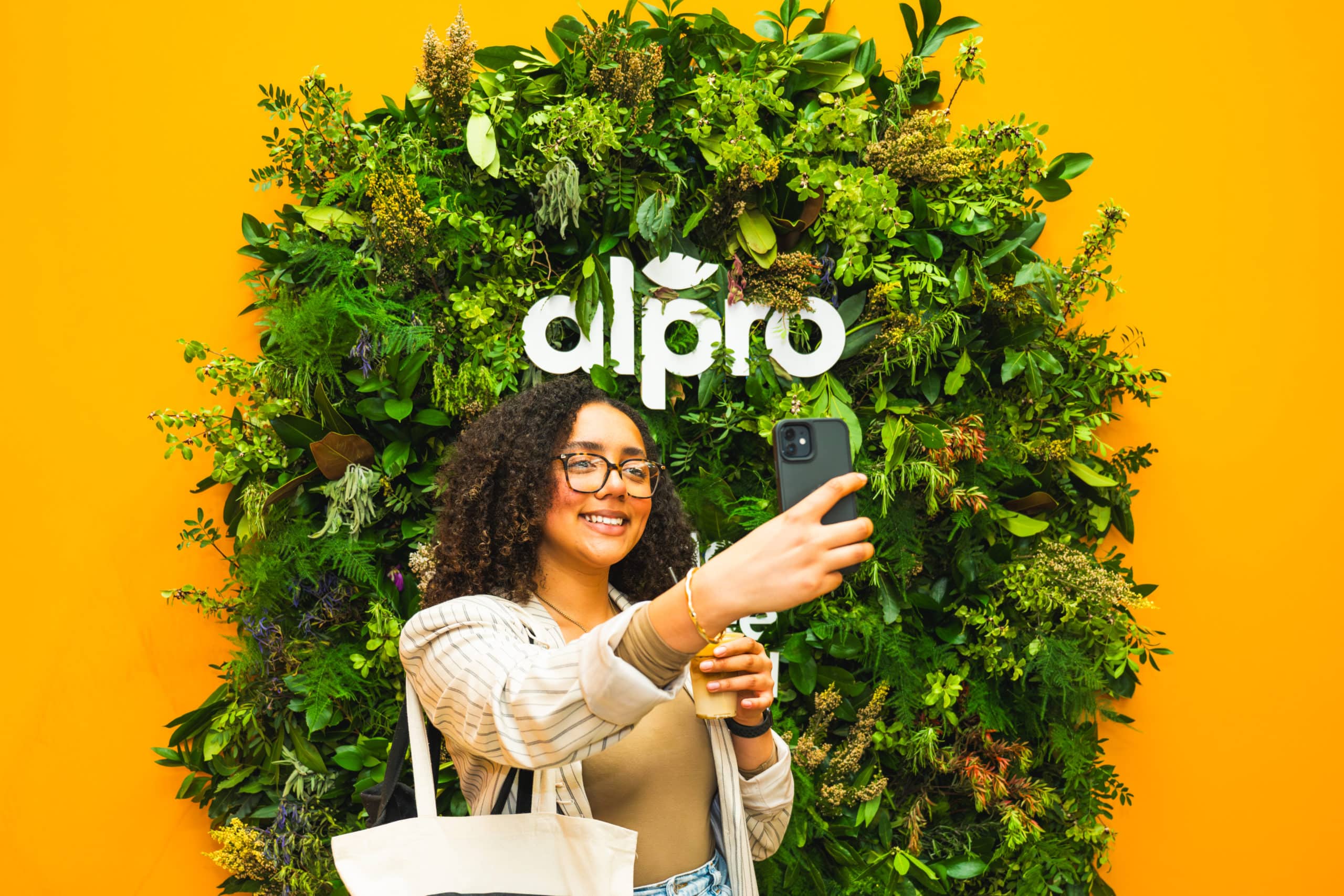How Experiential Campaigns Use Emotion to Drive Revenue
June 2024

June 2024

Experiential campaigns are a powerful tool to engage your consumers on a deeper level.
These campaigns go beyond traditional advertising tactics by creating immersive experiences that tap into emotions and leave a lasting impact on participants.
By leveraging the power of emotion, your brand cannot only connect with your audience more meaningfully but also drive significant revenue growth.
Experiential campaigns and the emotional connection they create have repeatedly proven to be key drivers of consumer behaviour and ultimately contribute to increased sales and brand loyalty.
Let’s look at how experiential marketing can use emotion to create memorable experiences that translate into tangible results for your brand.


Why do these campaigns work so well? Neuroscience tells us that emotional responses to experiences are more likely to be encoded as memories. Quite simply the formula is that positive emotions equal memorable moments. These memorable moments create a positive association between brands and consumers. That association triggers feelings of familiarity and personal connection which leads to brand loyalty and brand advocacy.
A recent EventTrack study revealed that 91% of consumers say that participating in brand events and experiences makes them more inclined to be loyal to a brand. This heightened emotional connection can ultimately drive revenue growth through increased customer loyalty and advocacy.
Emotions motivate action and significantly influence purchase decisions more so than price or convenience. The correlation between personal interaction, emotional engagement, and purchase intent is clear.
We are emotional creatures. We laugh, cry, get excited, and feel inspired. Experiential campaigns tap into this by crafting experiences that strike a chord and linger in the mind long after the event has concluded. It’s about creating a feel-good atmosphere where positive associations with your brand are not just formed, but cemented.
By tapping into emotions such as joy, nostalgia, or excitement during experiential activations, your brand can resonate with your audience on a profound level. By focusing on creating a unique and immersive experience, you can leave a lasting impression on your audience, increasing the chances of loyalty and repeat purchases.


Incorporating elements like interactive displays, sensory stimuli, and personalised interactions can help evoke strong emotions in your customers.
To truly make an impact with experiential campaigns, it’s essential that you understand your target audience and tailor the experience to meet their specific needs and desires. By designing experiences that cater to the emotional triggers of consumers, you can create meaningful connections that go beyond transactional relationships, ultimately translating into higher sales figures and long-term success.
As part of Coca-Cola’s Share a Coke campaign, they personalised their products with customers’ names and encouraged them to share a Coke with a friend or loved one, Coca-Cola created a strong emotional connection with consumers, emphasising relationships and bonding. This led to increased engagement, social sharing, and ultimately, a significant boost in sales revenue for the company.
In a recent experiential marketing campaign, Nike created an immersive pop-up store in New York City that allowed customers to design their own sneakers. By tapping into the emotional connection consumers have with customisation and self-expression, Nike generated a 15% increase in revenue compared to traditional retail stores during the same time period.
There is also the Carlsberg’s ‘Probably the Best Poster in the World’ campaign, where a billboard dispensed free beer in London. It was unexpected, delightful, and, most importantly, shared massively online and in conversations, skyrocketing Carlsberg’s brand presence and engagement. While the poster was a simple concept, its unexpectedness made it funny and shareable!
One key challenge in measuring the success of emotion-driven campaigns is quantifying the impact of intangible elements on consumer behaviour.
Traditional metrics like click-through rates and conversion rates provide valuable data, but they don’t capture the emotional resonance that drives customer loyalty and long-term engagement.
To truly gauge the effectiveness of experiential campaigns, marketers need to look beyond immediate revenue outcomes and consider factors such as brand sentiment, social media engagement, and customer feedback.
Embracing a holistic approach to measurement allows your business to uncover valuable insights into the emotional connections forged through your campaigns. By incorporating metrics that reflect qualitative indicators of success, such as brand perception and customer advocacy, you can gain a more comprehensive view of how emotions influence purchasing decisions. Understanding how emotion impacts consumer behaviour is essential for crafting impactful campaigns that resonate with your audience on a deeper level and drive sustained revenue growth over time.


What resonates with them? What are their desires and fears? Start with these questions to craft genuinely engaging experiences.
2. Be authentic
Authenticity breeds trust and loyalty. Ensure your experiential campaign is true to your brand’s values and message.
3. Focus on the feel-good
Whether it’s excitement, joy, or surprise, aim to create positive emotions. Happy memories stick.
Design experiences that people will want to talk about and share. Social media is a powerful tool to amplify the reach of your experiential campaigns.
5. Measure the impact
Use data to track engagement, sentiment, and behavioural changes. This will not only prove ROI but also provide insights for future campaigns.

At the heart of every successful experiential campaign is the ability to make someone feel something memorable. This emotional connection is a powerful driver of not just foot traffic or immediate sales but long-term brand loyalty and revenue growth.
By creating immersive and memorable experiences that connect with your consumers on an emotional level, you are able to build stronger relationships and drive purchase decisions. These campaigns tap into the power of storytelling, sensory stimulation, and personal connection to leave a lasting impact on consumers.